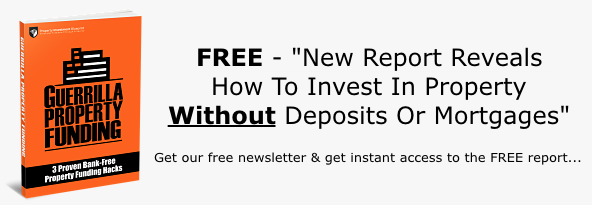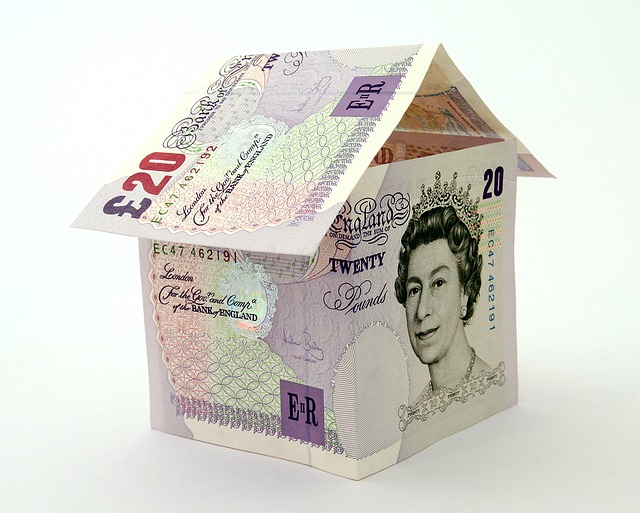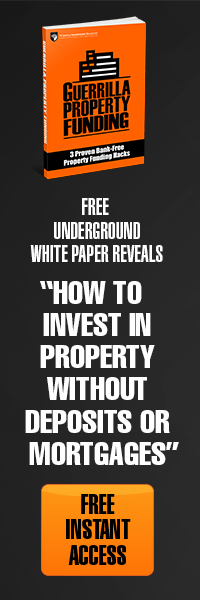
Refinancing Investment Property to Access Cash (But Please Don’t Buy a Ferrari!)
Refinancing investment property is one of the quickest and easiest ways to grow your portfolio. There are two main ways to operate this but I’ll just bring any newbies up to speed before we get into the strategies...

Remortgage buy to let
Refinancing usually refers to pulling additional funds out of a property that you already own with a mortgage. Remember that lenders have limits on the “loan to value” -- or LTV -- that you can have.
For rental property, the LTV is typically 75% but can be up to 80%. That is, if your property is worth £100,000 then on an 80% mortgage, your maximum loan would be £80,000.
Normally, you would stay with the existing lender when refinancing but it is entirely possible to switch lenders, perhaps to get a better rate or a higher LTV. Switching lenders really needs to be worth your while as the fees involved will be higher.
Most lenders make you wait until at least 6 months after buying a property before they let you refinance. This is known as the “6 month rule”.
The pros
The great thing about refinancing investment property is that the money you pull out of the property is tax-free. You can essentially get your hands on any profit that is sitting in the property without having to sell it (which would, of course, attract capital gains tax). Have your cake and eat it, why don’t you?!

The cons
Obviously, borrowing more will mean that your monthly payments will go up and you need to be sure that your cashflow situation can accommodate this. Don’t forget that if you refinance when interest rates are low, you have less of a buffer against rates rising in the future. Don’t overstretch yourself!
The other limitation to bear in mind when refinancing is that you will still have to meet the “rental coverage” requirement of the lender. Just as when you take out a buy-to-let mortgage, there is a requirement that your rent covers the mortgage payment by a minimum margin (normally 120%). So, to take a simplistic example, if your mortgage payment was £100 per month then the rent would need to be at least £120.
Make sure that when you refinance, you’ll still be able to cover the mortgage plus all your other expenses!
Refinancing in a rising market
When I first started investing in property in 2003, the market was rising quickly and I was able to refinance each property I bought 6 to 18 months after buying it. This allowed me to purchase more property with the cash I pulled out. When the market stopped rising, I had to figure out a new way to grow my portfolio without using any of my own cash.
Refinancing after adding value
Another way you can use refinancing to your advantage is by:
- purchasing a property that either needs work or whose value can be increased in other ways.
- adding that value. For example by extending, converting, splitting etc.
- waiting until your 6 months is up and getting the property revalued
- refinancing to pull out the value you added to it in step #2.
Refinancing after buying discounted
A variation on the above is simply to buy the property at a good discount -- about 30% off is nice, thank you very much -- and then just wait your 6 months and refinance.
If you can buy at a discount *and* add value then you’re just showing off.

What to do with that lovely cash?
Please don’t buy a Ferrari!! If you are serious about building your property business, then reinvest it in your next project. (Then you can buy a better Ferrari later on.)
Whatever you do, be sure to use a good investment property mortgage advisor who can guide you through the process of refinancing.
Buy to Let Remortgage Quote?
Here at PiB, we provide specialist mortgages and finance to property investors and developers just like you, in partnership with one of the most experienced advisors in the UK. Request a free quote today.
<< Back to Financing Investment Property from Refinancing Investment Property
<< Back to Property Investment Blueprint from Refinancing Investment Property



